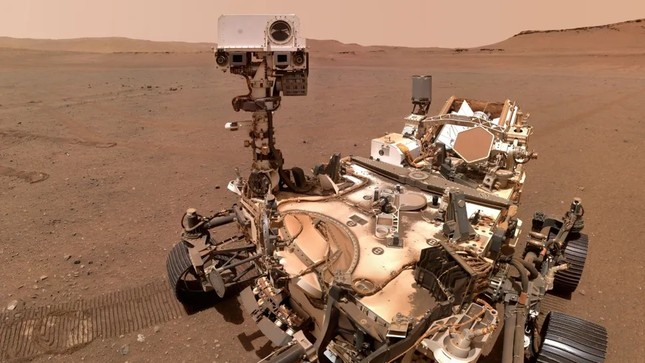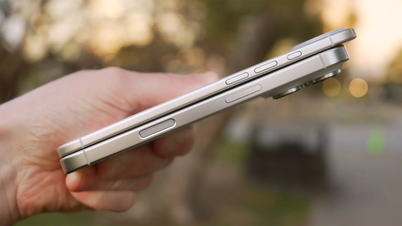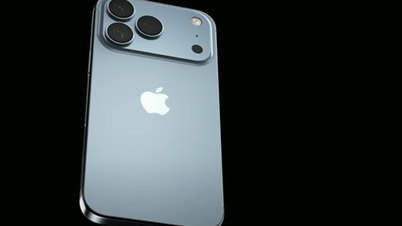The rover, which first reached Mars in February 2021, produced oxygen using the Mars Oxygen In-Situ Resource Utilization Experiment (MOXIE) instrument — which produces oxygen by converting carbon dioxide in periodic cycles over two years.
Since arriving on Mars, the microwave-sized device has produced 122 grams of oxygen, according to NASA. That's enough oxygen for a small dog to breathe for 10 hours, giving scientists hope that human life could one day be sustained on the harsh planet.

A selfie taken by NASA's Perseverance Rover while on Mars. (Photo: NASA)
“We are proud to support a groundbreaking technology like MOXIE that can transform local resources into useful products for future exploration missions,” said Trudy Kortes, chief technology officer, Space Technology Mission Directorate (STMD) at NASA Headquarters in Washington. “By demonstrating this technology in real-world conditions, we are one step closer to a future where astronauts live on Mars .”
Carbon dioxide is abundant on Mars, making up 95 percent of its thin atmosphere, according to NASA. By destroying small amounts of carbon dioxide in 16 experiments, the MOXIE instrument separated oxygen atoms from CO2 and analyzed their purity before safely isolating them. The leftovers were then released as carbon monoxide.
Oxygen extraction devices would not only be useful for breathing for future settlers, but also for producing rocket fuel, scientists say.
“MOXIE’s impressive performance demonstrates that extracting oxygen from the Martian atmosphere is feasible – oxygen that could help provide breathable air or rocket fuel for future astronauts,” said Pamela Melroy, NASA’s deputy administrator. “Developing technologies that allow us to use resources on the Moon and Mars is critical to building a long-term presence on the Moon, creating a strong lunar economy , and enabling us to support the first human exploration campaign to Mars.”
However, human habitation on Mars is unlikely to happen anytime soon, as Mars is so cold that its average temperature of -62 degrees Celsius would freeze humans without spacesuits, and its low atmospheric pressure would boil their blood. Not to mention the bombardment of cancer-causing radiation due to the lack of a protective ozone layer and the severe loss of bone density.
As a key part of NASA’s $2.7 billion Mars 2020 mission, the robot, along with the Curiosity rover, is searching for signs of ancient life on the Martian surface by collecting dozens of rock samples to eventually return to Earth. The Perseverance rover, accompanied by the Ingenuity helicopter, has so far made 57 flights across the Martian surface.
(Source: LiveScience/Tien Phong)
Source





![[Photo] Panorama of the Opening Ceremony of the National Press Festival 2025](https://vphoto.vietnam.vn/thumb/1200x675/vietnam/resource/IMAGE/2025/6/20/6b835ee92c2c4df587af73cb2d1f4f5f)





















![[Photo] General Secretary To Lam chairs the 14th Central Military Commission Conference](https://vphoto.vietnam.vn/thumb/1200x675/vietnam/resource/IMAGE/2025/6/20/a9d25fc6dd664fb9a3757502f32e5db0)
























![[Maritime News] Wan Hai Lines invests $150 million to buy 48,000 containers](https://vphoto.vietnam.vn/thumb/402x226/vietnam/resource/IMAGE/2025/6/20/c945a62aff624b4bb5c25e67e9bcc1cb)















































Comment (0)